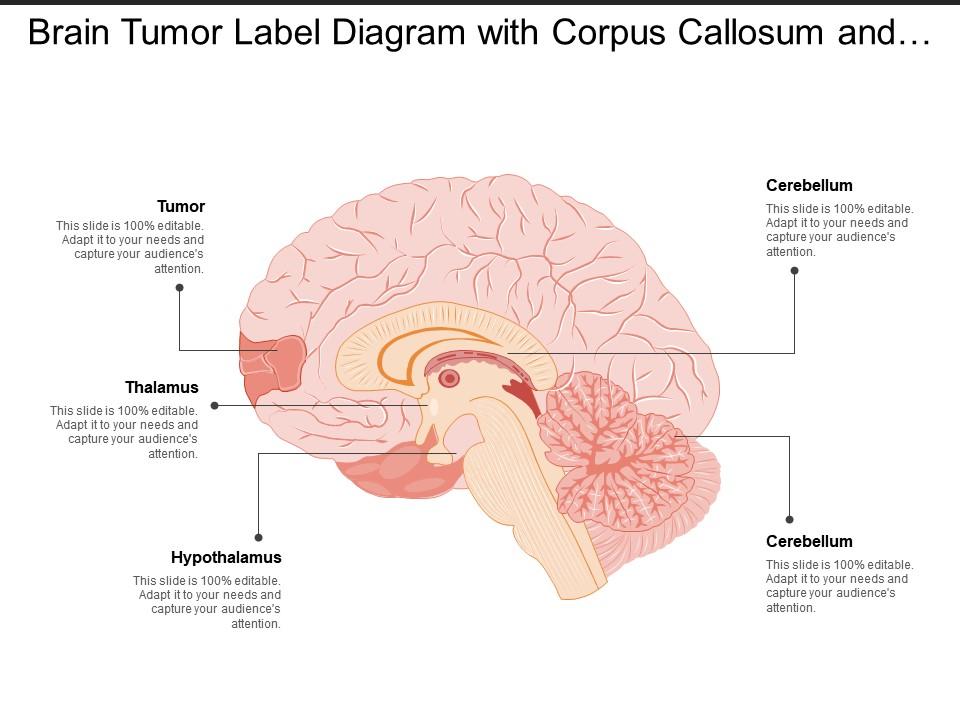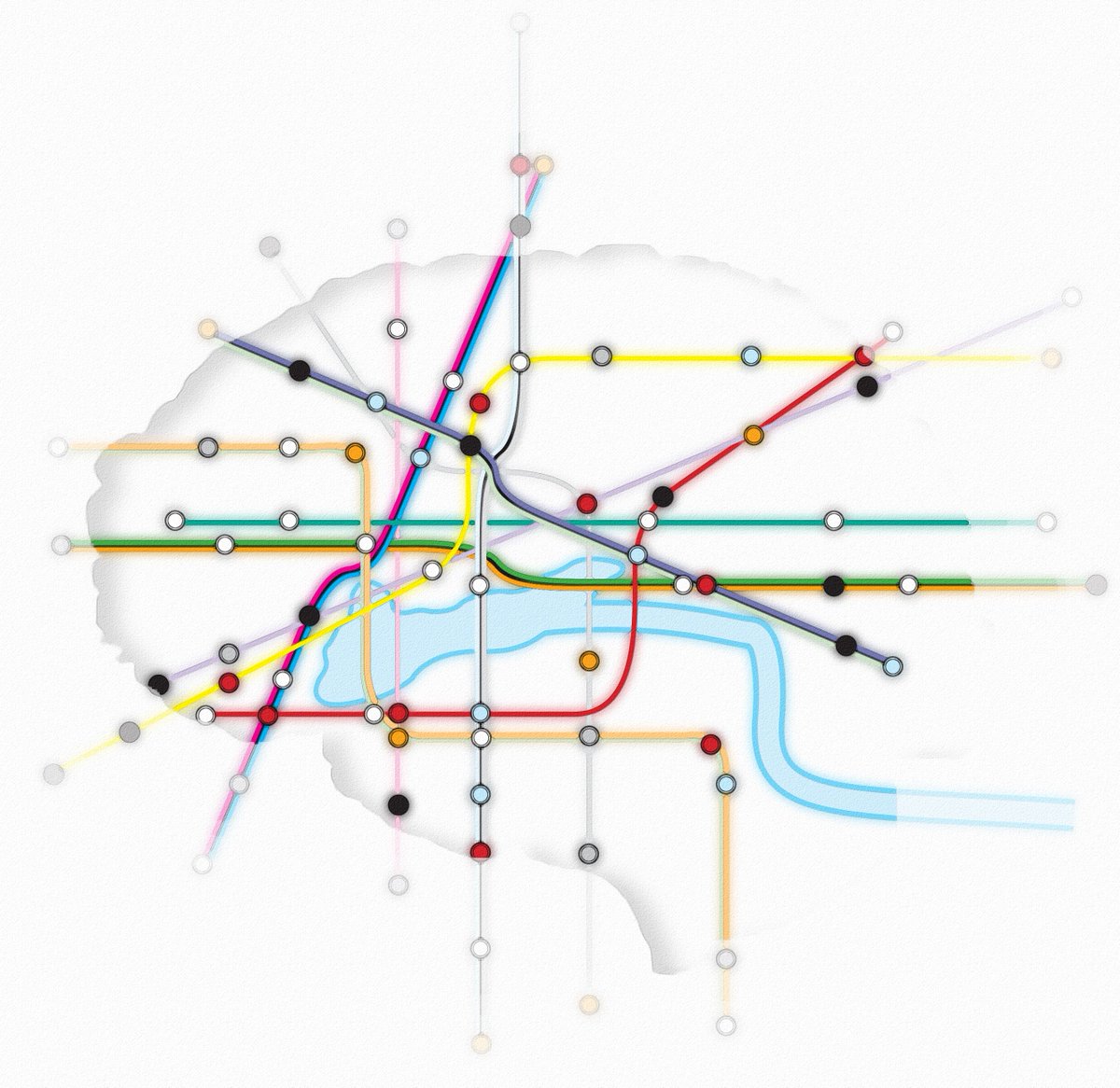

Note: Please install the latest system updates from Apple to ensure you have the latest video card drivers. Screen: 1024x768, 32-bit millions of colors.


Graphics Card: 3D-capable with 64MB RAM.Important: Please install the latest drivers for your video card for best compatibility and performance. Note: The Brain Explorer 2 software is known to work with the following video chipsets: nVidia GeForce 9400/9600, nVidia Quadro FX 1800/3800/5600, AMD Radeon 9600, AMD Radeon HD 3200/4550, Intel Q35/Q45 Express Graphics Card: Hardware 3D OpenGL accelerated AGP or PCI Express with 64MB RAM.We will constantly update new brain regions in the near future. Plenary Speech by Tianzi Jiang on the 25th International Symposia on Morphological Sciences (ISMS 2017), July 26-30, 2017, Xi’an, China.Ĭurrently, Brainnetome atlas contains 246 subregions of the bilateral hemispheres. The next step of the construction of the brainnetome atlas, it will go local instead of global and dynamic instead of static, which will be along with the other brain mapping information, such as genetic expression patterns, connectivity patterns and the spatio-temporal dynamic changes during normal development and the aging process, or in different disease states. The brainnetome atlas will be an in vivo map, with more fine-grained functional brain subregions and detailed. New biomarkers for diagnosis and clinical studies. Novel methodologies and computerized brain mapping techniques will be developed to study the structure, function, and spatio-temporal changes in the human brain as well as the brains of non-human primates. The brainnetome atlas will be an in vivo map, with more fine-grained functional brain subregions and detailed anatomical and functional connection patterns for each area, which could help researchers to more accurately describe the locations of the activation or connectivity in the brain.Īt this stage, the brainnetome atlas will facilitate investigations of structure-function relationships,Ĭomparative neuroanatomical studies, and promises Novel methodologies and computerized brain mapping techniques will be developed to study the structure, function, and spatio-temporal changes in the human brain as well as the brains of non-human primates.


 0 kommentar(er)
0 kommentar(er)
